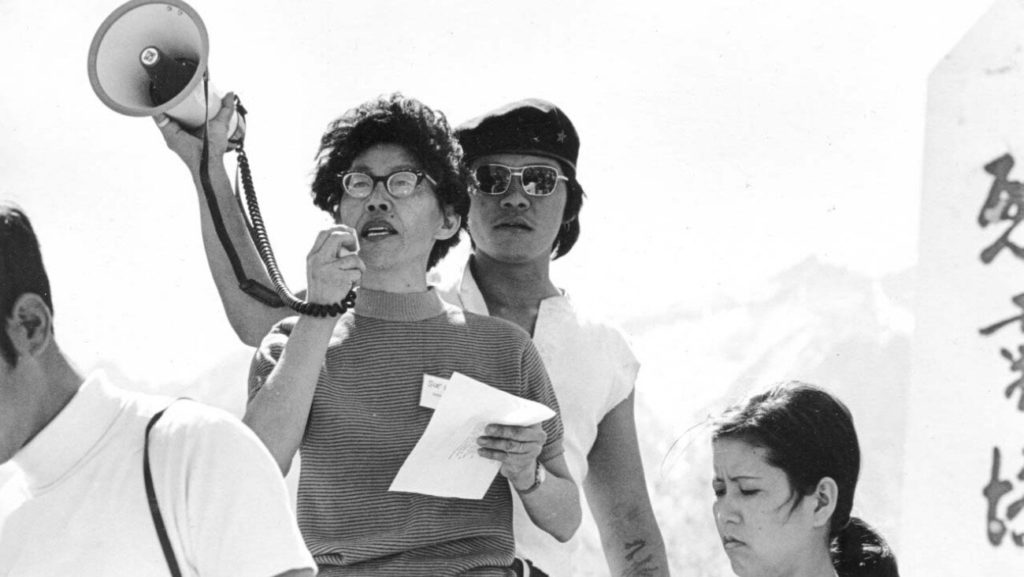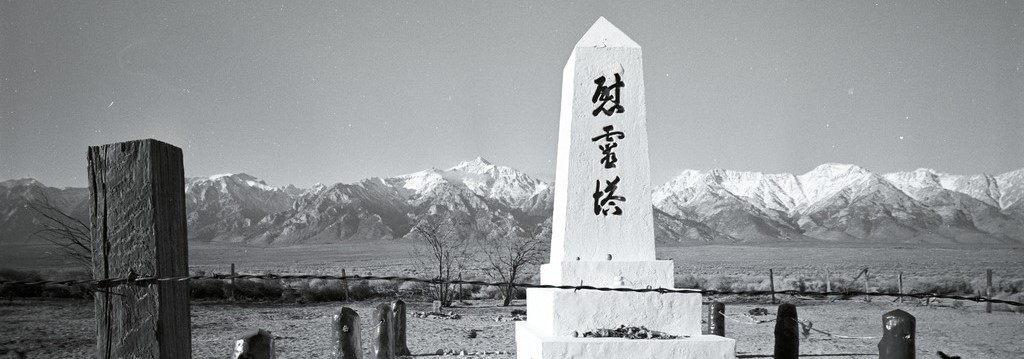April 21, 2022
This National Park Week, we want to uplift the story of how Manzanar became the first of the US concentration camps where Japanese Americans were incarcerated during WWII to become a National Historic Site.
Manzanar opened on June 1, 1942 and for the next 3+ years held over 10,000 Japanese Americans forcibly removed from their homes in Los Angeles and small farming communities around Stockton, Sacramento, and Bainbridge Island. It was the first of the ten War Relocation Authority concentration camps to open and was also noteworthy for its extensive inmate-constructed parks and gardens, imprisoning orphans at the “children’s village,” and being the site of the infamous Manzanar uprising in December 1942.
Manzanar is perhaps the best known of the camps today, thanks to frequent depictions in popular media, its proximity to LA’s large and active Japanese American community, and the efforts of that community to preserve its legacy for future generations.
In December 1969, an intergenerational group made the 220-mile trek from Los Angeles to Manzanar in the first organized camp pilgrimage, sparking renewed interest in Manzanar—and a campaign to recognize the site’s historic legacy. The Manzanar Committee was established in 1970, with Manzanar survivor Sue Kunitomi Embrey and yonsei activist Warren Furutani as co-chairs. They filed for California State Historic Landmark Status in 1971, and received it the following year.

For more than a year, state officials held up the site dedication in debates over terminology. But the Manzanar Committee held firm, and a plaque installed in 1973 identified Manzanar as a former concentration camp created as a result of “racism and economic exploitation.”
Soon after, Embrey and Rose Ochi, an attorney and Rohwer survivor, spearheaded efforts to preserve the site as a unit of the National Park Service. For the next two decades, they lobbied Congress, built community support, and fought the misinformation campaigns of their opponents. Thanks to the dedicated efforts of Embrey, Ochi, and many others, Manzanar was established as a National Historic Landmark in 1985 and, finally, as a National Historic Site in 1992.

The Manzanar Committee continues to educate later generations about the history of Manzanar and hosts an annual pilgrimage. This year’s pilgrimage will be held online on April 30 at 12pm PST — tune in to learn more!
—
[Header: View of the Manzanar Cemetery with the Sierra Nevadas in the background. Courtesy of Manzanar National Historic Site and the Evan Johnson Collection.]
